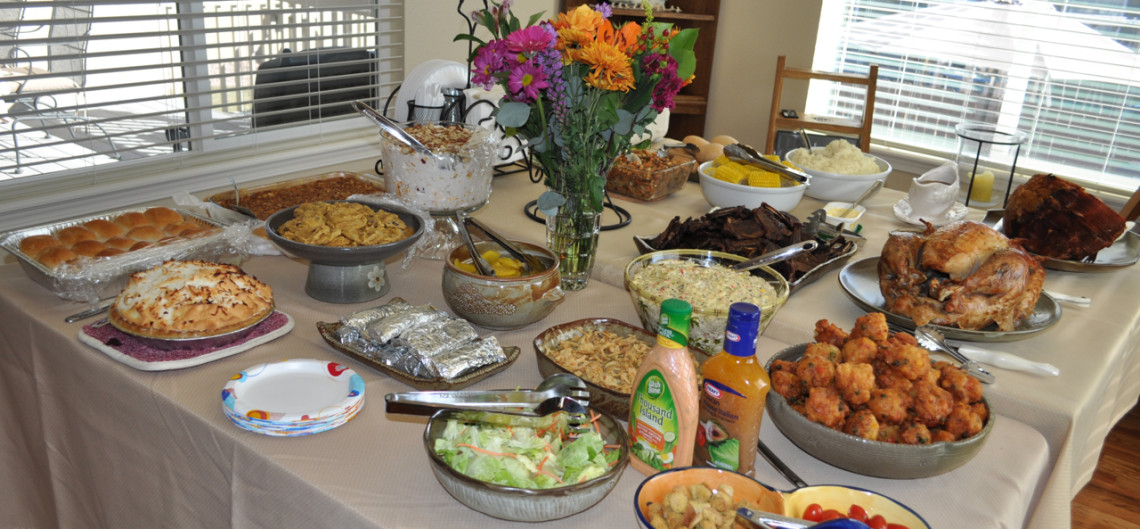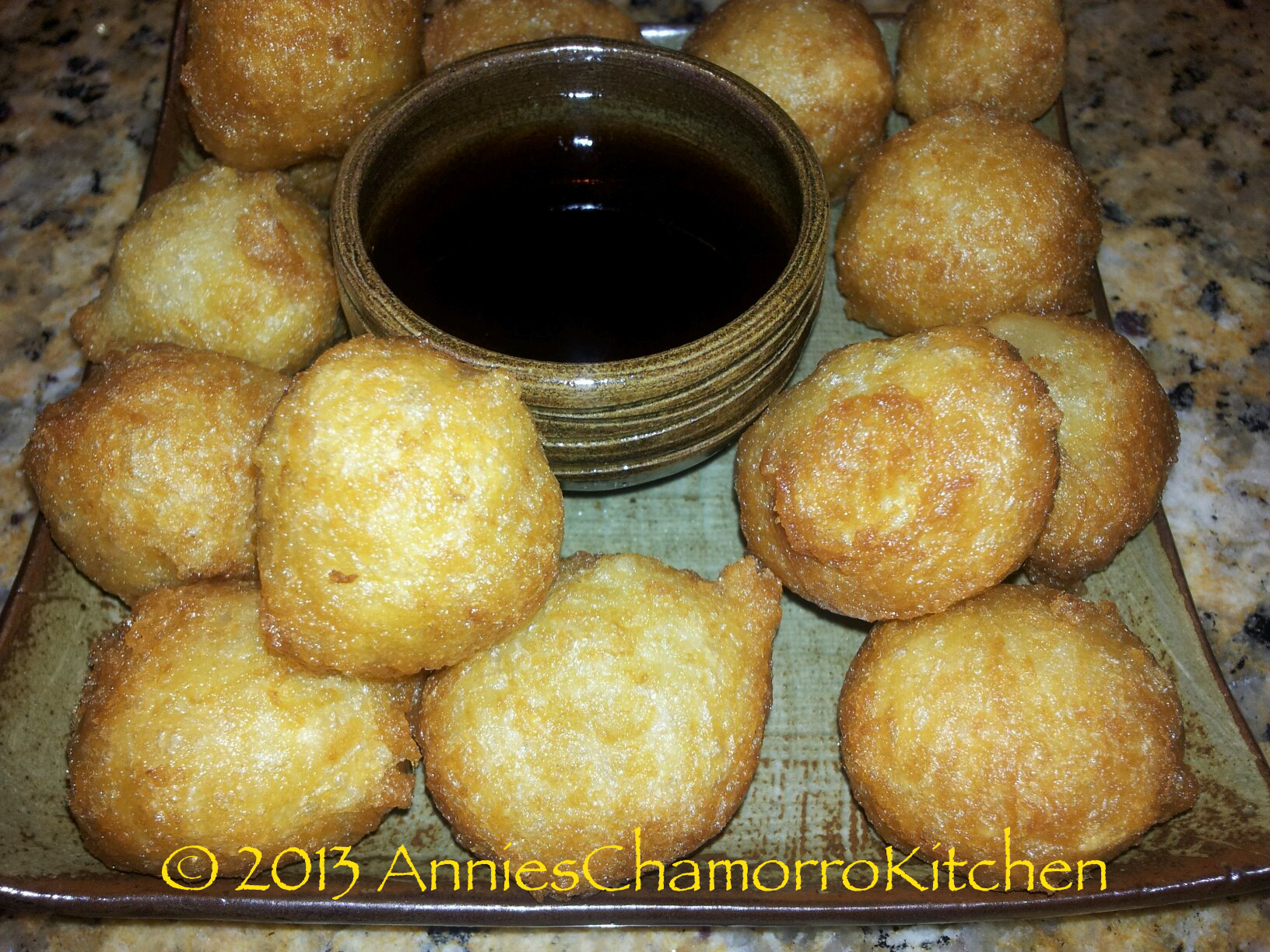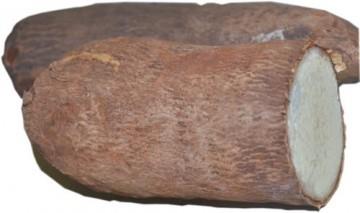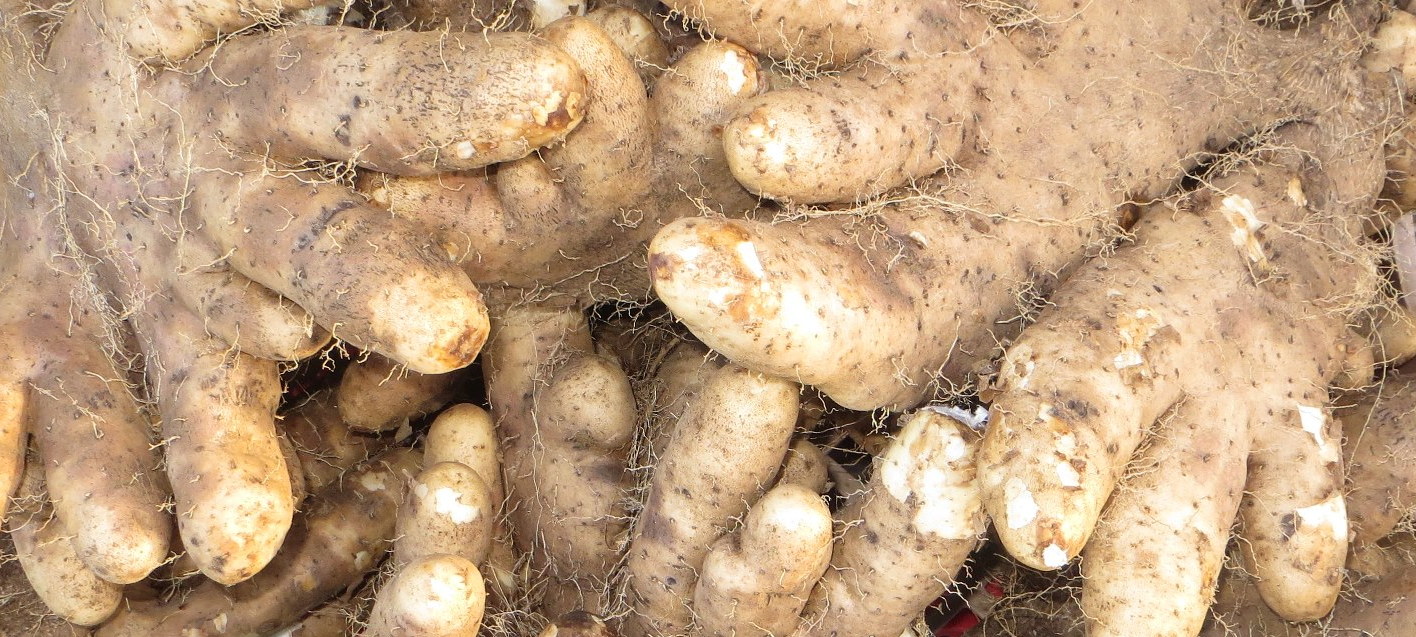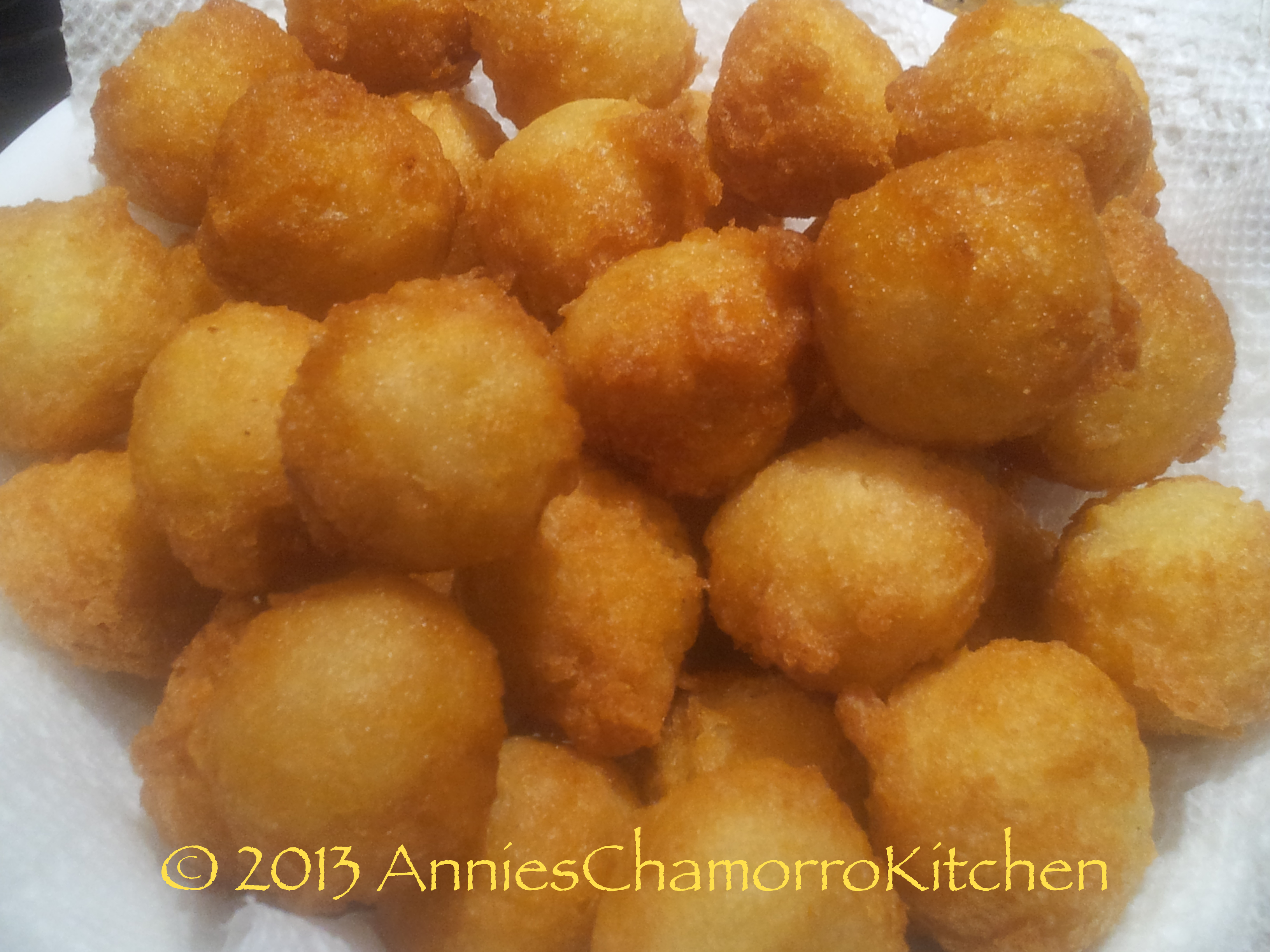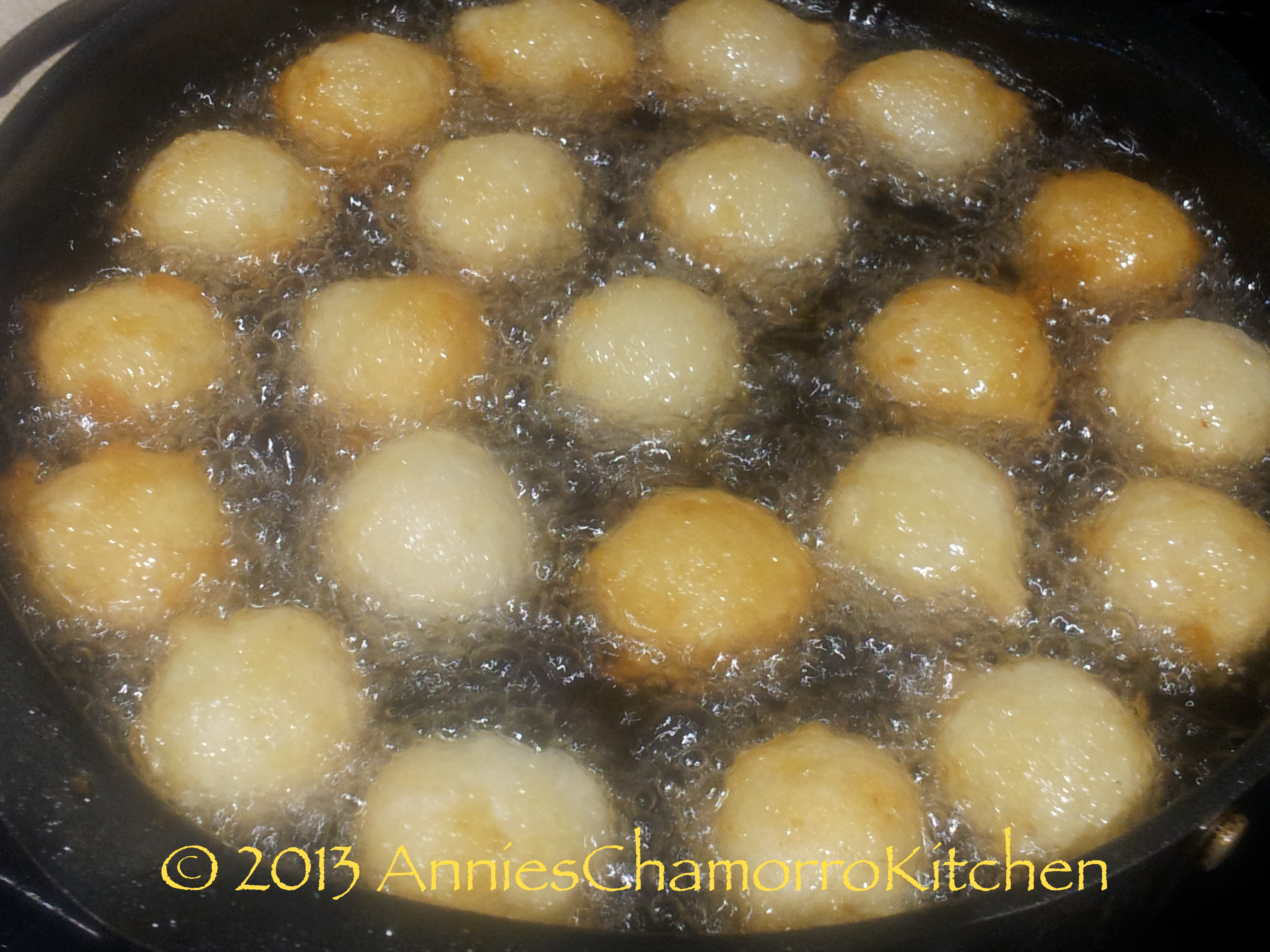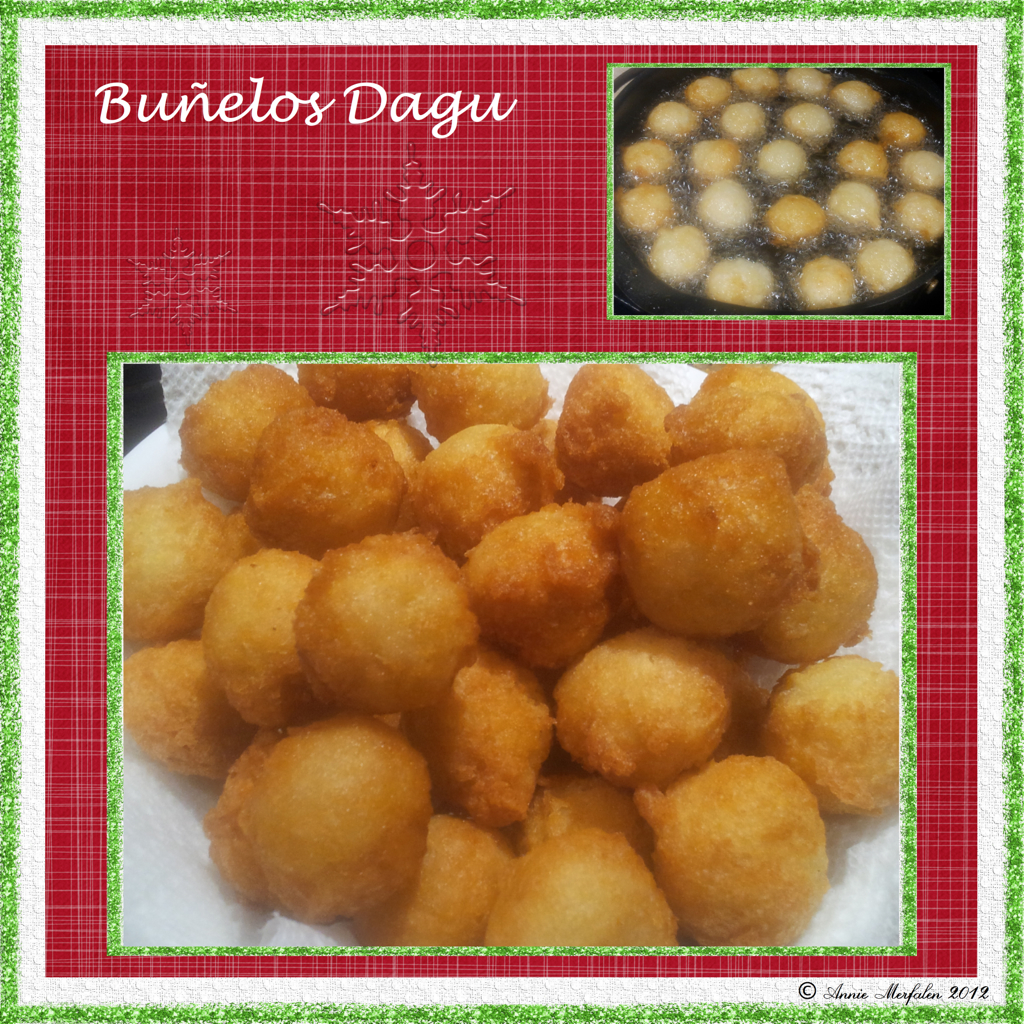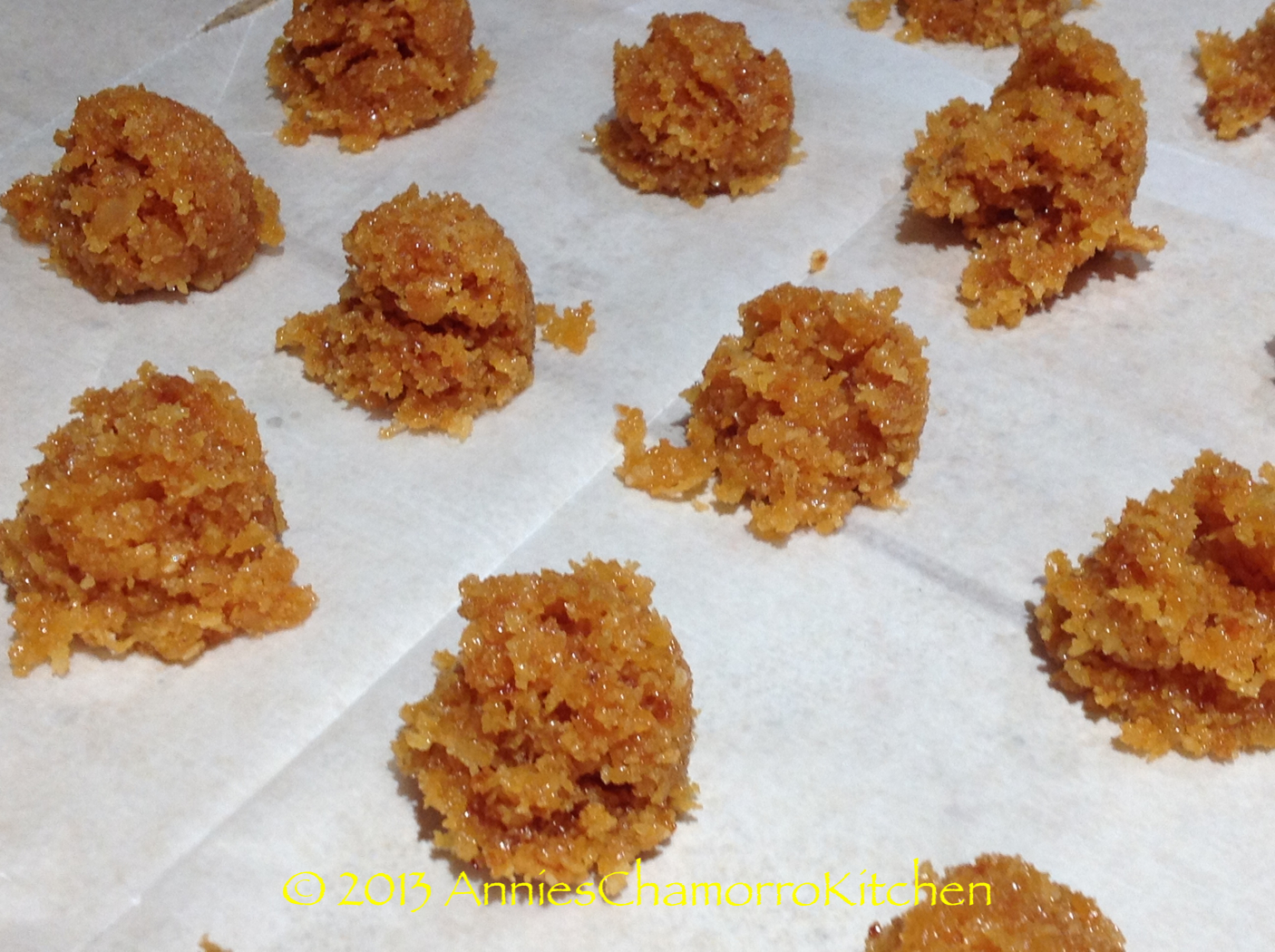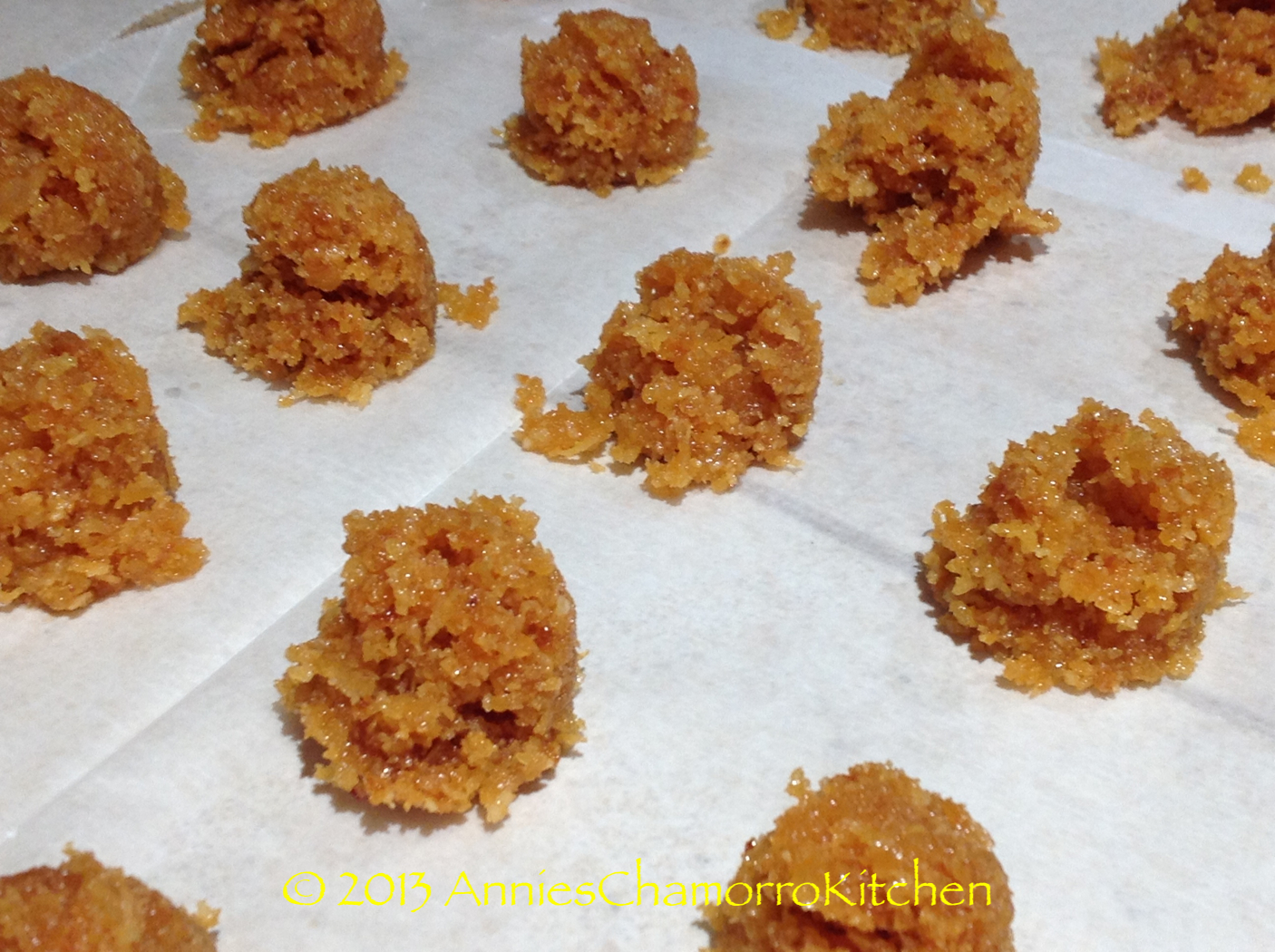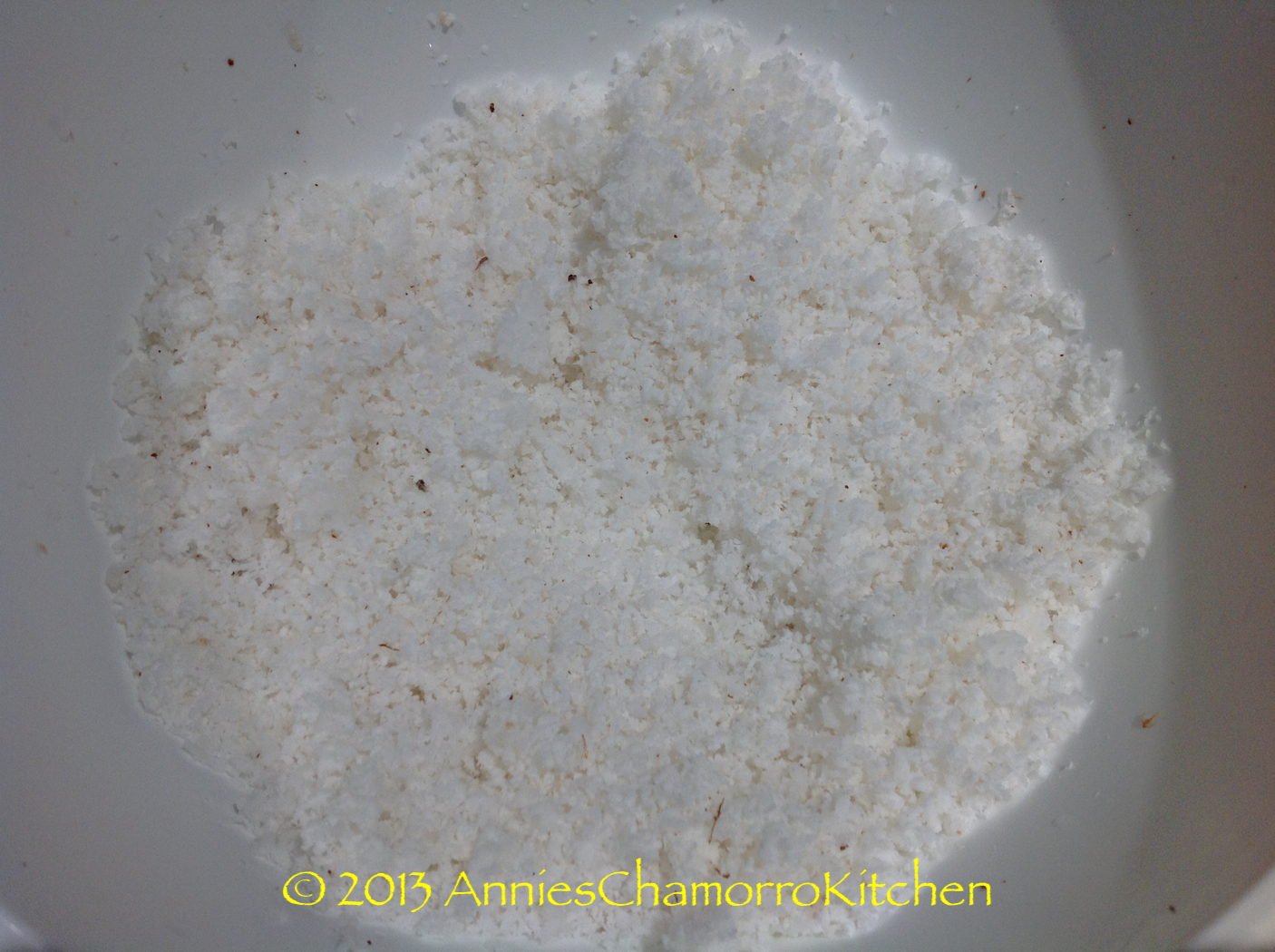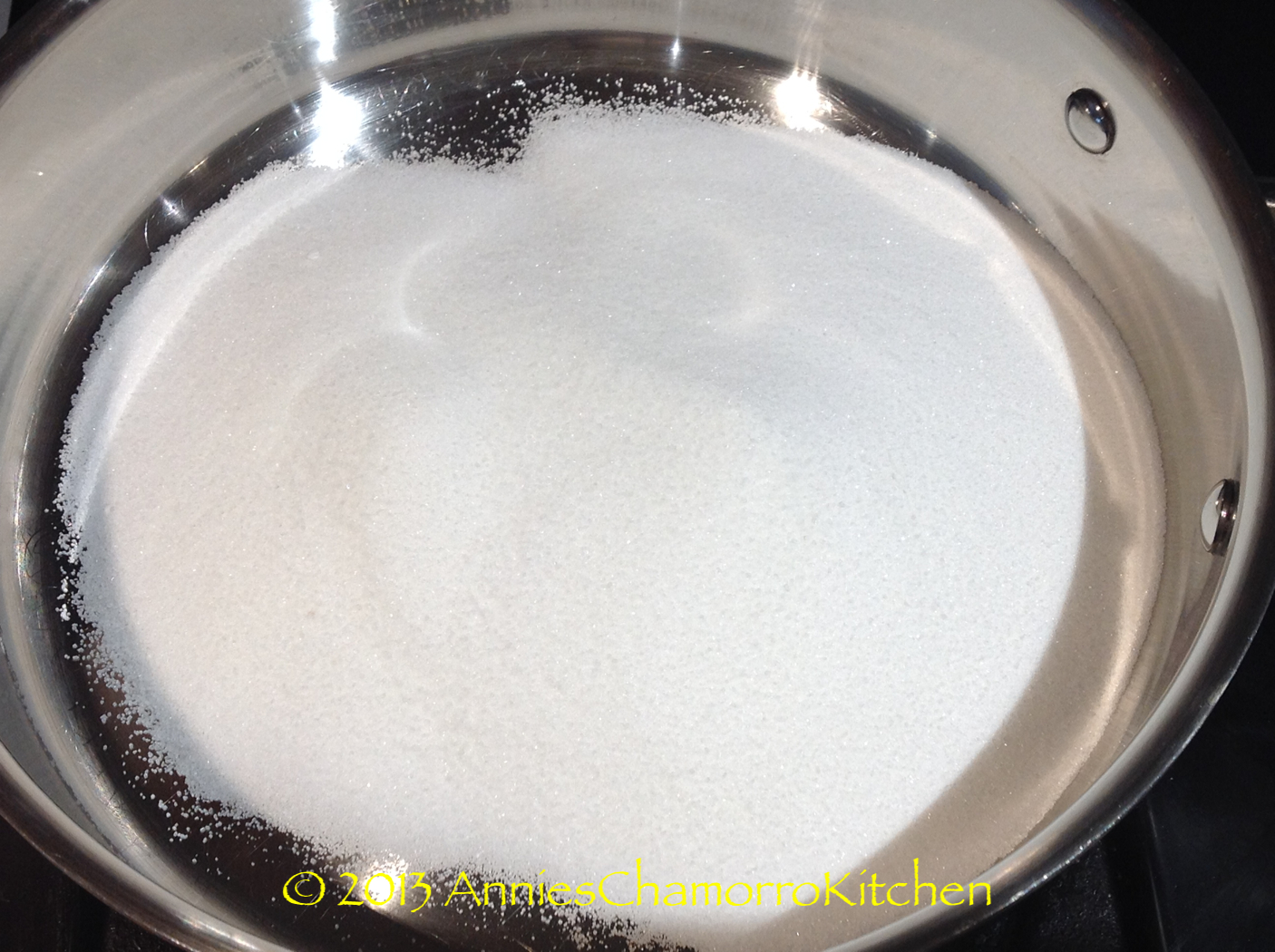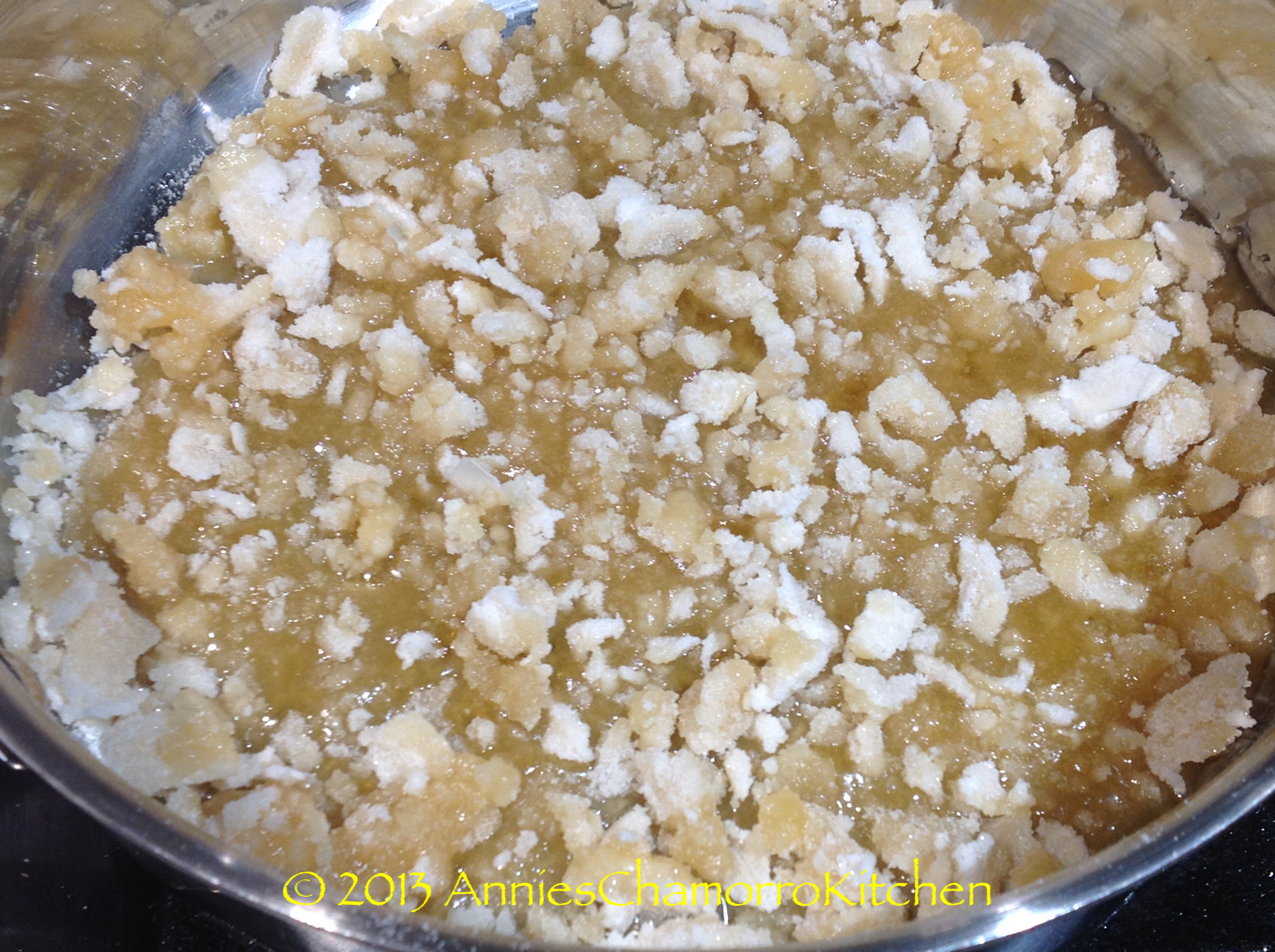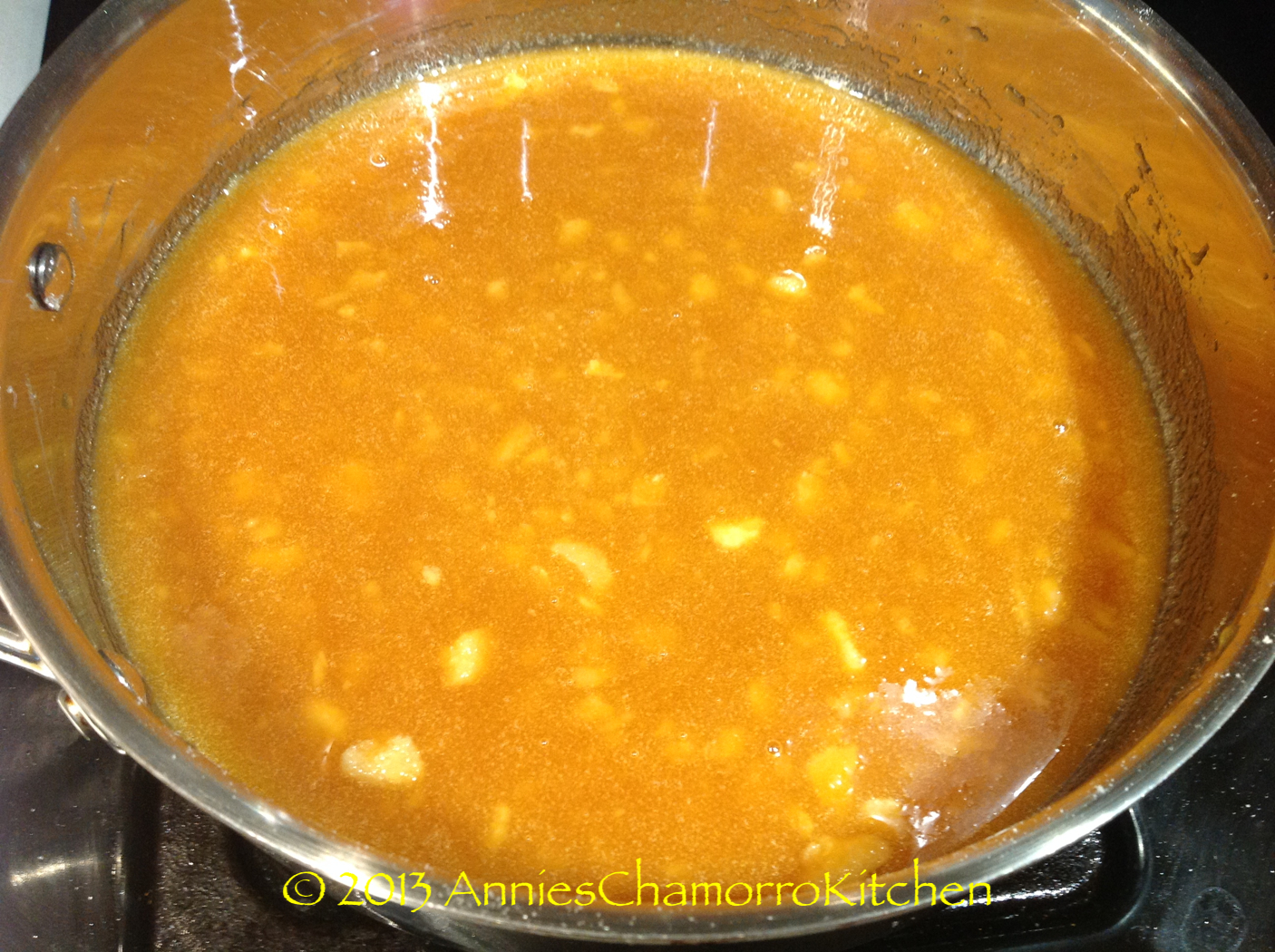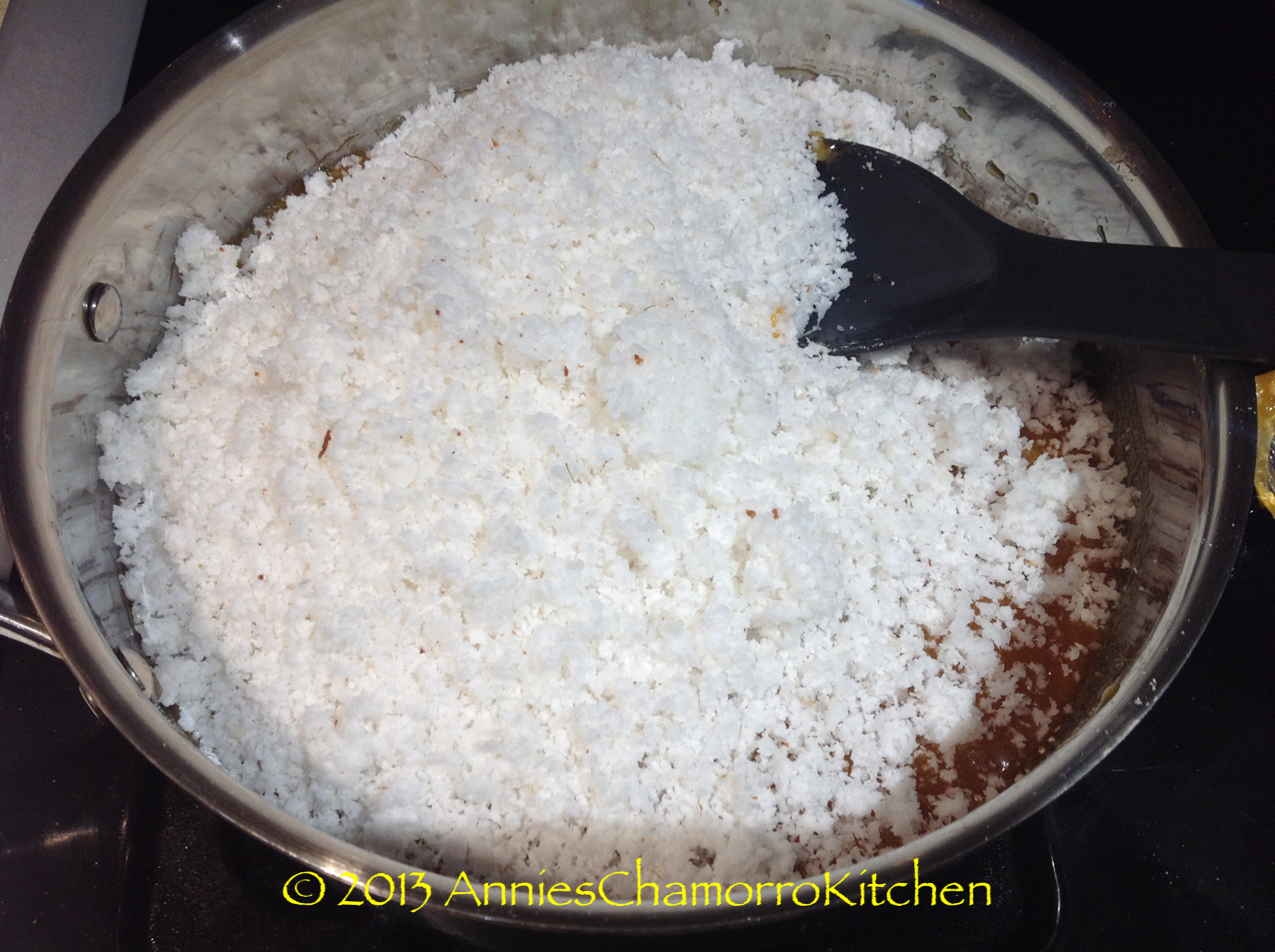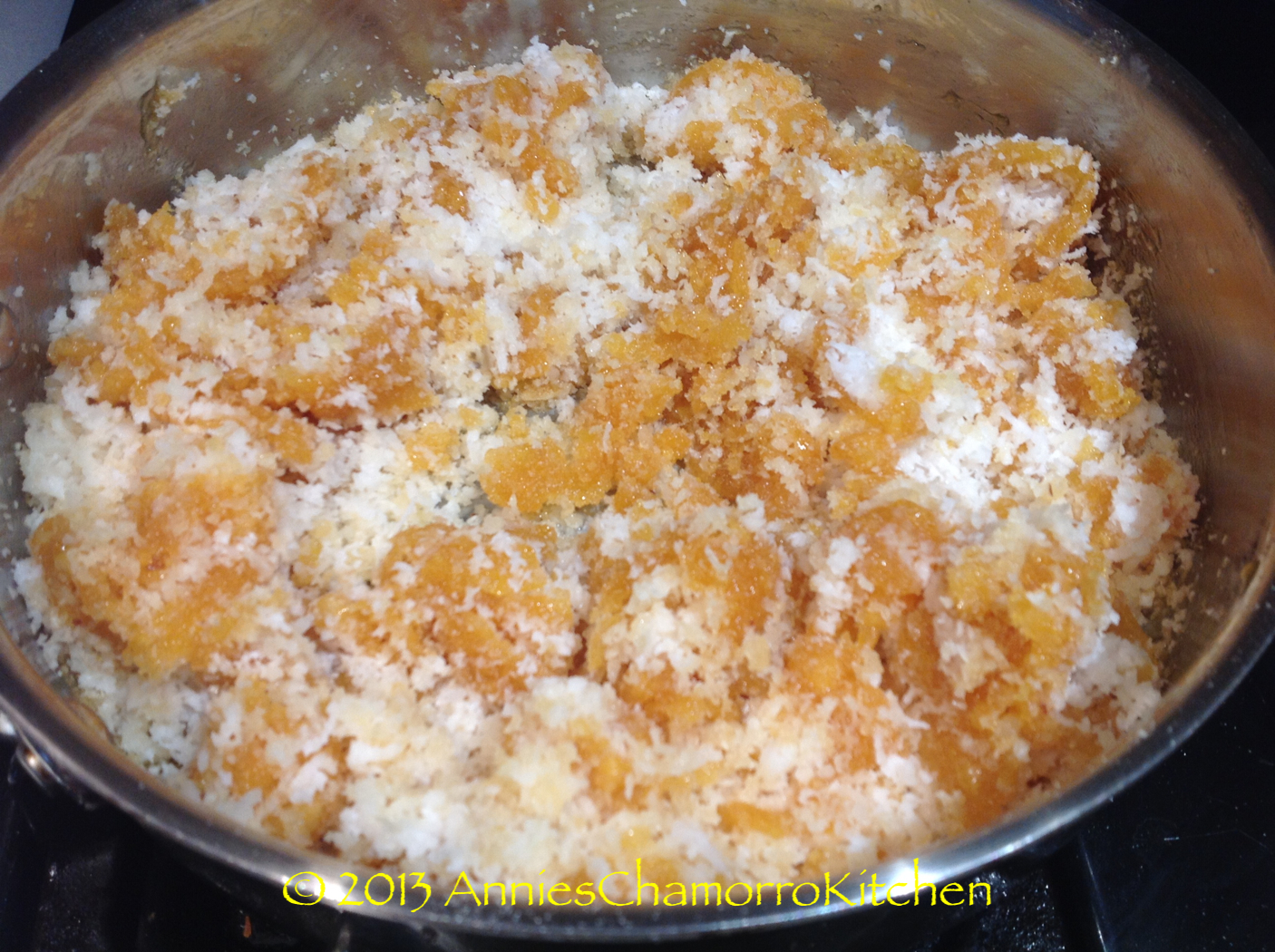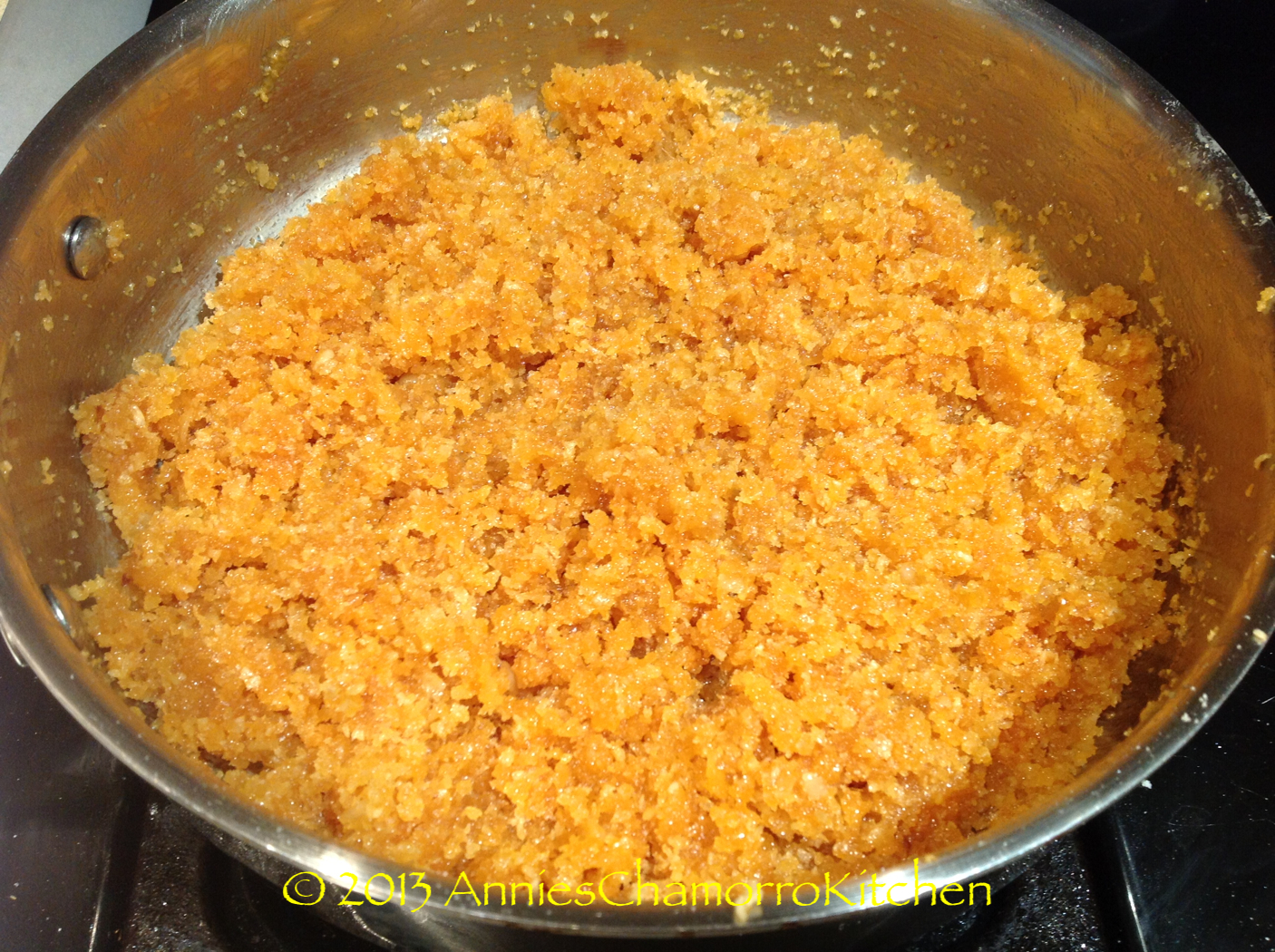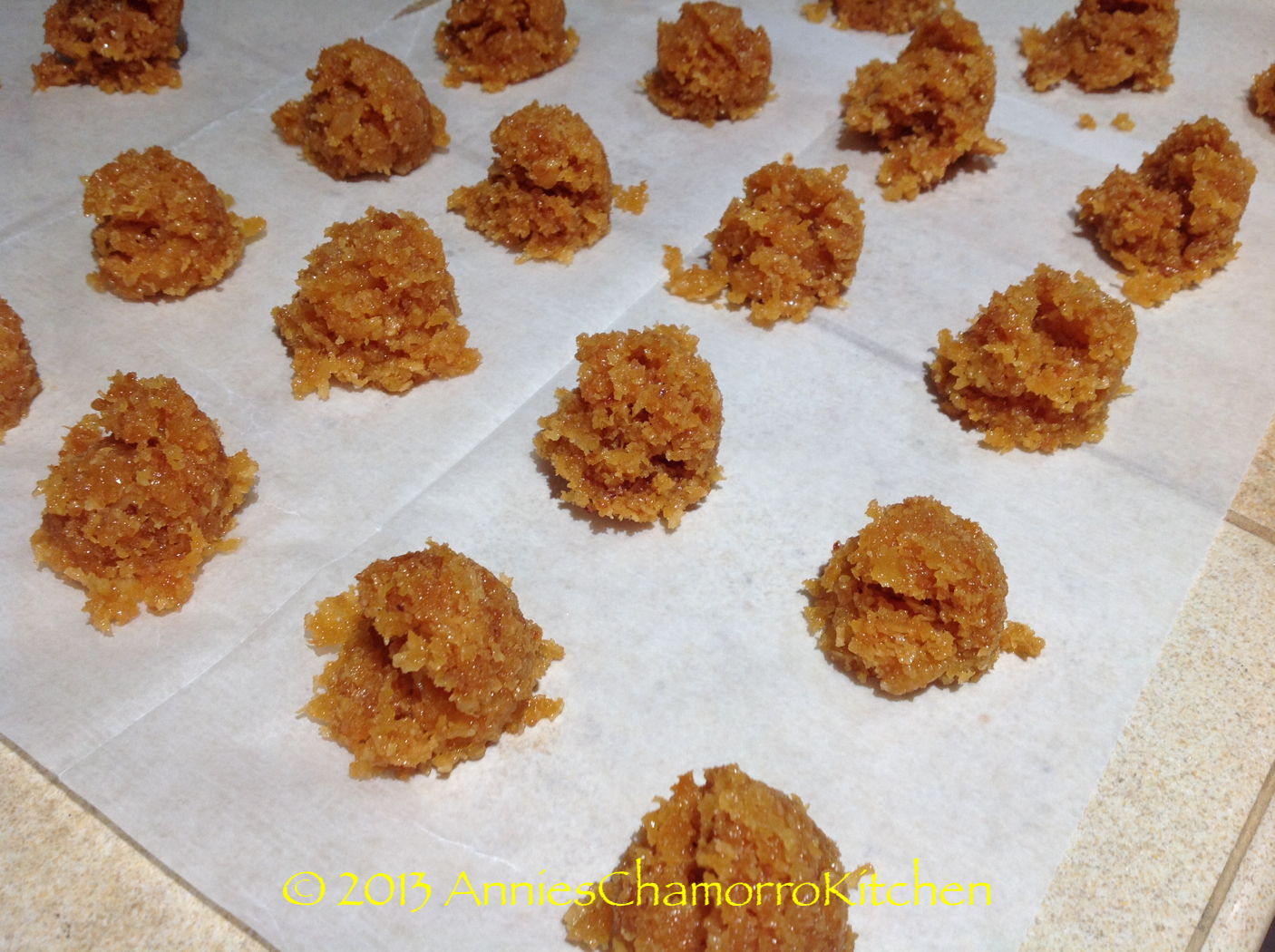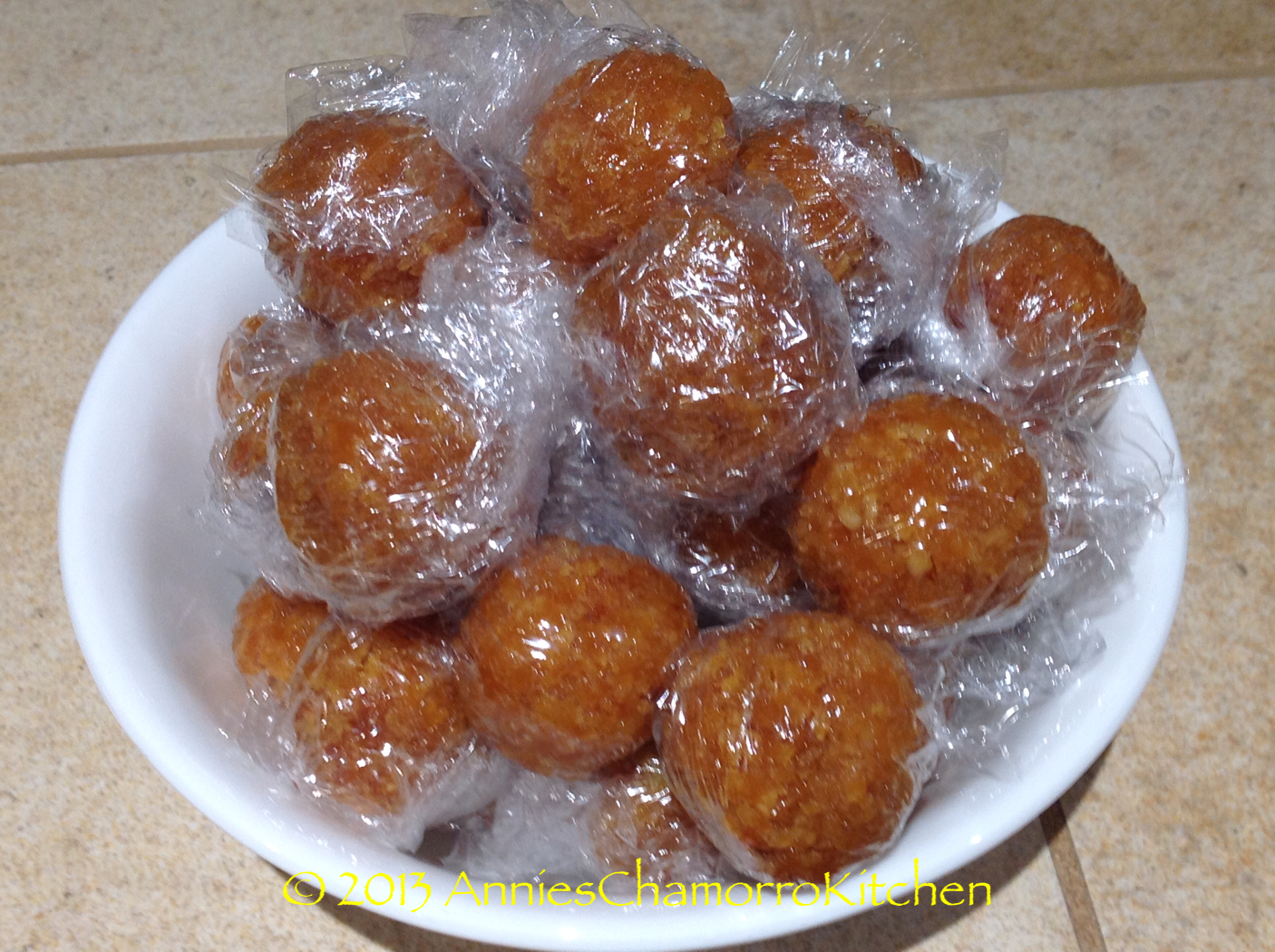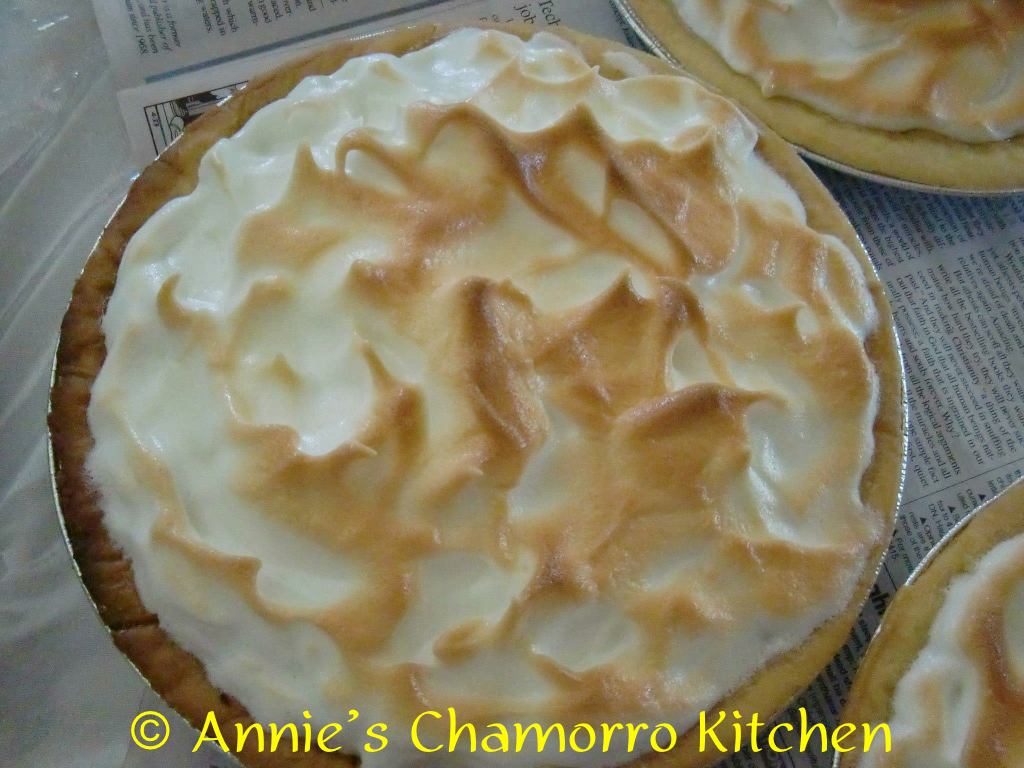
This has got to be my most favorite Chamorro dessert! For non-Chamorro-speaking friends, månha means the sweet, tender meat of the young, green coconut.
My recipe makes 6 — yes, SIX — pies, but in my family, we eat one or two when they’re done, save another two for breakfast, then give two to family members. So, really, six is NOT ENOUGH. 😉
If you make this for a party, then six pies really won’t be enough! Two might end up on the dessert table and the rest will be “set aside” for påtte (sharing or distributing amongst family) later! 🙂
My recipe uses “regular” pie crusts, not the deep-dish ones. If you use ready-made deep-dish pie shells/crusts, you can probably make this into four pies instead of six.
I usually only make månha pie when I’m visiting Guam, and that’s because I prefer to use fresh månha. You can used canned månha and juice, however.
It takes a while to make these pies, but the end result is worth every minute you spend slaving over the hot stove.
Give my recipe a try. I know you’ll love it! 🙂
Månha Pie
Ingredients:
Filling:
- 3 cups månha juice
- 2 cups chopped månha
- 1 stick butter
- 1 cup sugar
- 2 cans (12 oz) evaporated milk
- 2 cans (12 oz) water (use the milk cans)
- 6 large egg yolks
- ½ box cornstarch
- 2 teaspoons vanilla extract
- ½ cup water
Meringue:
- 6 large egg whites
- 1 1/2 cups superfine or granulated sugar
Additional ingredients for making Meringue in High Altitude areas: (see NOTE below)
- 2 tablespoons cornstarch
- 1/4 teaspoon salt
- 1 cup water
Other ingredients:
- 6 “regular” 9-inch pie crusts (or 4 deep dish pie crusts), pre-baked
- 1 egg plus 1 tablespoon water, beaten together
Directions:
1. Pre-bake the pie crusts; this is also called “blind baking”:
If your pie crusts are frozen, remove all packaging material and place the crusts at room temperature until they are completely thawed.
Heat your oven to 400 degrees.
Pierce the bottom and sides of each crust with a fork. This keeps air pockets or bubbles from forming during baking.
Line each crust with heavy-duty aluminum foil. If you don’t have heavy-duty foil, just double regular foil. Make sure the foil covers the entire bottom of the crust and up the sides.
Fill the foil with pie weights (I just use dried beans). Use enough dried beans to fill the pie crust at least halfway up the sides.
Bake for 10-12 minutes. The pie crust should be a pale brown. Remove from the oven.
To prevent your crusts from getting soggy after baking the pies, brush with egg wash (the egg mixed with water) and return to the oven to bake for an additional 3 minutes. Remove from the oven; set aside.
Save the dried beans for the next time you blind-bake pie crusts.
2. Make the Meringue (low-altitude areas):
TIP: Make the meringue first then prepare the filling. Place meringue on the HOT filling (the hot filling will start cooking the meringue, keeping it from shrinking too much during baking). When topping the filling, ensure you push the meringue all the way to the edge of the pie crust; this “seals” the meringue to the edge of the pie. Using a stainless steel or glass bowl (ensure the bowl is completely dry before putting in the egg whites), beat the egg whites at medium-high speed until soft peaks form.
Once soft peaks have formed, gradually add the sugar, a few spoonfuls at a time, beating the entire time. Keep beating on high speed until stiff peaks form. The peaks are stiff enough when the tips stand straight (don’t droop over) when the beaters are lifted. Once you start beating the egg whites, do not stop in the middle of the process or your meringue won’t form properly.
Spoon the meringue over the hot pie filling.
Make the Meringue (high-altitude areas):
*NOTE: I live in a very high altitude area (approximately 6,300 feet above sea level). If you live in an area with high elevation, prepare your meringue as follows in order for the meringue not to turn out weepy after baking.
In a microwave-safe bowl, mix together the sugar, cornstarch, salt and water. Microwave for two minutes on max power. Stir once more then set the mixture aside to cool.
Beat the egg whites as directed above, until soft peaks form. Gradually pour the cooled cornstarch mixture into the bowl of egg whites, beating on high speed as you pour. Continue to beat the mixture until stiff peaks form. Cover the pie filling as directed above.
3. Make the Filling:
Place juice, månha, butter, and sugar in a medium saucepan over high heat. Add the evaporated milk and water; stir and bring to a boil.
Mix the egg yolks, cornstarch, vanilla extract, and ½ cup water in a bowl. Add the egg yolk mixture to the månha mixture and cook until the mixture thickens, whisking constantly to prevent lumps from forming. The combined ingredients should thicken before it begins to boil. Cook a few minutes more then remove from the heat.
Pour two cups of the mixture into each prepared (baked) pie crust (or three cups if you are using deep dish pie shells).
4. Bake the meringue and serve:
Top the hot filling with meringue, making sure to cover the pie filling all the way to the edge of the crust. Use a small spoon to make decorative meringue swirls before baking.
Bake at 325 degrees for 20 minutes or until the meringue is golden brown. If you’re in a hurry, bake at 450 degrees for 7-8 minutes, but then the meringue won’t turn out as “dry” as when you bake it longer at a lower temperature (it’ll still turn out delicious, though).
Let the pies cool then serve and ENJOY!
TIP: To make clean slices through the meringue, dip your knife in cold water before slicing the pie.
Refrigerate any uneaten pie (WHAAAT??? — uneaten pie??? Trust me, this pie will get eaten). 😉
